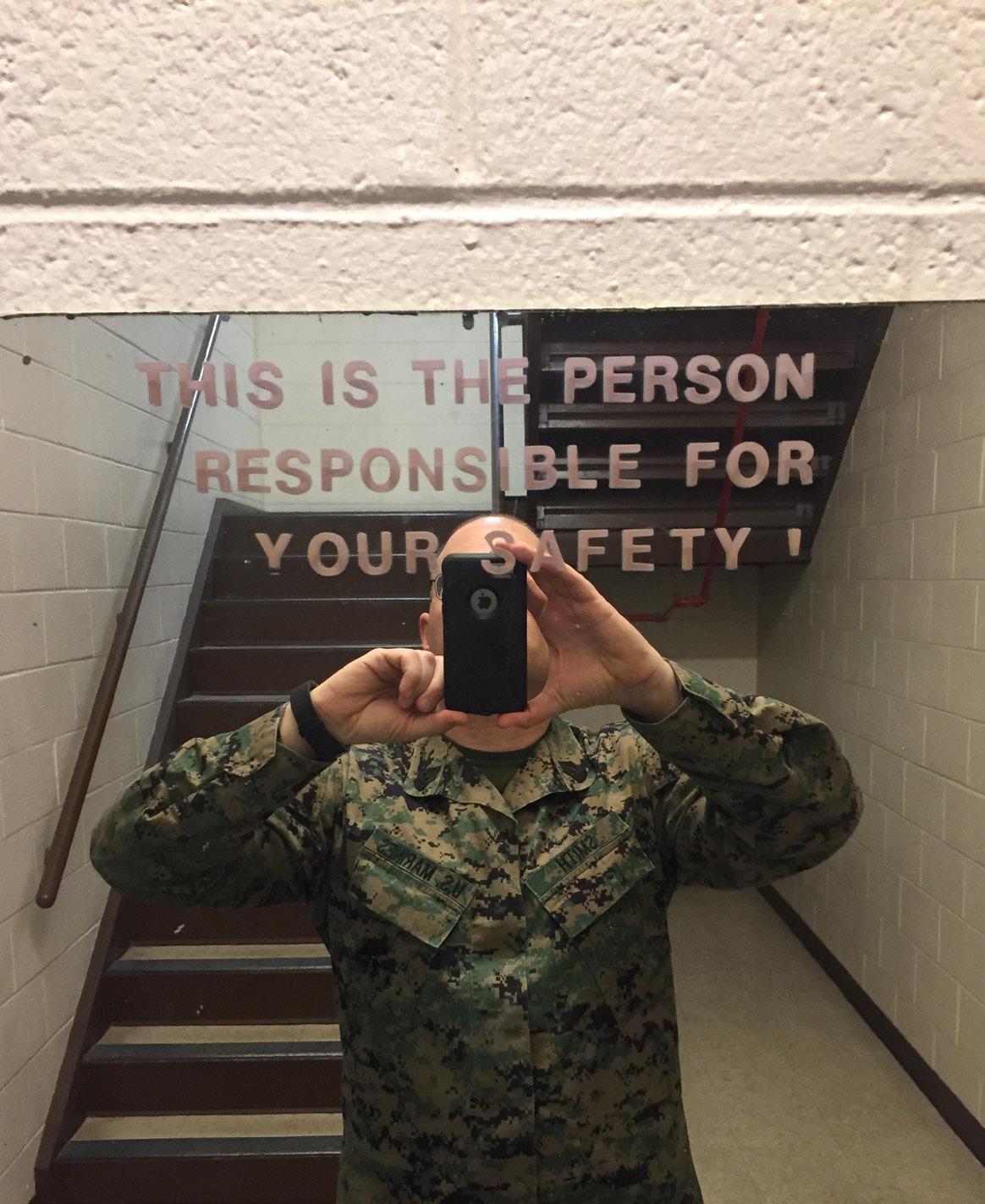
4 minute read
MH-60 GUNEX-Related
MH-60 GUNEX-Related Things Falling Off Aircraft
By AWSCS (NAC/AW/SW) Wade Hove
Advertisement
Photo by AWSCS Wade Hove
Diagram 1. USN and USMC GUNEX-related TFOAs

During FY19, the MH-60 community reported an average of 32 things falling off aircraft (TFOA) every six months, spanning numerous mission areas. The recognized causal factors were divided into two categories: material factors and human factors. The material subcategories were the failure or malfunction of aircraft systems and aircrew or support equipment, while human factor subcategories involved failure to use proper risk management and crew resource management and aircrew and maintenance procedural noncompliance. The majority of TFOAs involved material failure or malfunction as causal.
As a community, we need to get a handle on the controllable aspects causing TFOAs. Doing so will effectively increase flight crew lethality and the Navy and Marine Corps’ ability to effectively deploy assets worldwide. From July 2018 through August 2020, the Navy reported 94 gunnery exercise-related TFOAs; 63 from MH-60S and 31 from MH-60R. These mishaps and 91 hazard reports cost the Navy $119,484. Of note, 56 of them were attributed to material factors and 38 cited human factors as their primary cause. Defective equipment (material causal factors) listed for these TFOAs included night vision goggle retention lanyards, M-240D discriminators, ammo can bungie cords, IZLID 200P lens covers and mounts along with GAU21 link chute adapters, feed tray cover latches and various retention screws. In contrast, the USMC only reported nine GUNEX-related TFOAs. Of these nine, six reported defective equipment and three identified human factors as the cause. Diagram 1 depicts GUNEX-related TFOA totals for Navy MH-60 series aircraft and USMC rotary and tilt-rotor aircraft from July 2018 to August 2020. It also shows TFOA data from FY 2017 to June 2018. Table 1 shows, with increased fidelity, GUNEX-related TFOAs from July 2018 through August 2020 for the same series aircraft.
Table 1. USN and USMC GUNEX-related TFOAs, July 2018 through Aug 2020
MH-60S Ammo (lost, discharge) 3 GAU-21 0
GAU-21 parts M-240D parts GAU-17 8 18 1
GAU-16 parts IZLID 200P parts NVD parts Aircraft parts Misc. 0 2 9 2 9
LEP Total 11 63 MH-60R 2 0 8 0 0 0 11 2 0 2 6 31 USMC All T/M/S 0 1 2 1 0 1 1 0 3 0 0 9
What we can do to reduce the numbers
Since the majority of reported TFOAs are attributed to material factors such as defective equipment, reporting custodians should submit engineering investigation requests and Conventional Ordnance Deficiency Reports (CODR) to highlight these issues. Crew-served weapons (CSW) malfunctions, damage, training deficiencies and associated safety-related risks have been reported via CODRs, safety reports and community feedback. Some GAU-21 TFOA-related issues noted were weapons found out of configuration, causing weapon malfunctions, lack of weapon conformity with maintenance manuals, unfamiliarity with tools contained in armorer and operator kits, records not being updated by proper personnel and improper use of project codes used in requisitions.
An overall lack of efficiency regarding CSW operations, maintenance and documentation was noted as driving increased malfunctions and damage to equipment. As mentioned earlier, human factors were found in 38 reports. These incidents were attributed to improper use of weapons and checklists by aircrews and improper weapon maintenance or installation. Lack of aircrew situational awareness for night vision devices, weapon components and improper use of the ammo can retention bungee cord were also noted as contributing factors. Almost all of these human factors can further be broken down as being caused by CSW training and proficiency issues. Navy rotary wing squadron GUNEXs are scheduled to maintain aircrew currency at 90-day intervals. A unit’s Non-Combat Expenditure Allocation (NCEA) for the aircrew to maintain currency is based on the number of aircrew members assigned. This allocation is also tied to the squadron or detachment’s current deployment cycle.
NCEA instructions for both helicopter maritime strike (HSM) and helicopter sea combat (HSC) communities were built to maintain currency vice proficiency. Allotting the minimum amount of NCEA and flight time for aircrew GUNEXs equates to reduced numbers of proficient gunners. This lack of proficiency not only influences MH-60 GUNEX human factor TFOAs, but also reduces our flight crews’ lethality. The Navy HSM/HSC community’s CSW training programs are adapting to better familiarize aircrew with CSW operations and employment earlier in Optimized Fleet Response Training Plan cycles. CSW proficiency is gained through system usage and task repetition with hands-on real time use of the weapon and associated components. Maximizing the number of times a gunner is able to “put hands” on a CSW system and leadership`s enforcement of procedural compliance will reduce the prospect of human factors influencing these TFOAs.
Reducing the human and material factors causing GUNEX-related TFOAs requires an “all of the above” approach. Such an approach will also grow our gunners’ ability to effectively engage targets with CSW, thus, increasing the Navy’s ability to effectively use HSM and HSC assets worldwide. *For more in-depth coverage of this topic, see the study titled: MH-60 GUNEX-Related Things Falling Off Aircraft, dated Sept. 25, 2020.*





